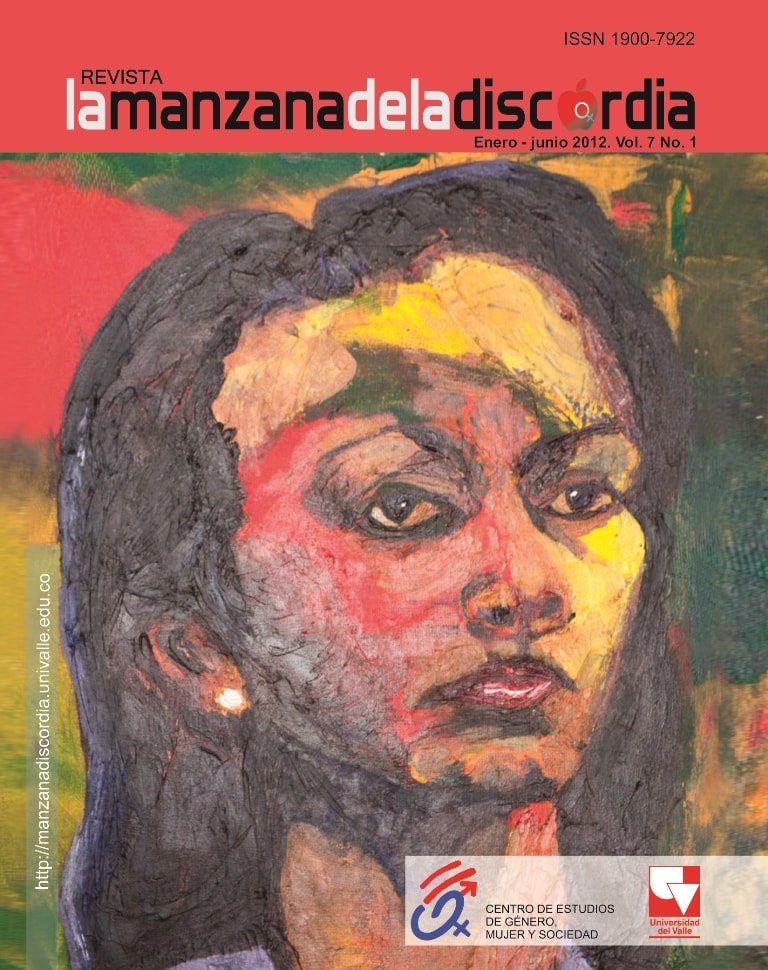Desvelando a la Gaitana
Contenido principal del artículo
Resumen: Se aborda la pregunta sobre la historicidad
de la figura de La Gaitana, que aparece en la crónica
de Juan de Castellanos, Elegías de Varones Ilustres
de Indias (1589), como una cruel cacica, dada al canibalismo,
que tortura y asesina al conquistador Añasco
para vengarse de la muerte del hijo de la cacica, y organiza
una rebelión contra los españoles que habría de
durar setenta años. Sin embargo, los actos rituales del
castigo dado a Añasco, muy seguramente tenían no sólo
un significado individual y personal, sino también colectivo
y político. La Gaitana ha sido identificada con la
cacica Guatepán, cuyo nombre aparece en documentos
del siglo dieciséis. En la memoria indígena, la figura de
Guatepán está íntimamente relacionada con la lucha por
la tierra. Por otra parte, la evidencia antropológica sugiere
que los grupos indígenas con los cuales se asocia
a esta cacica eran sociedades matrilineales en las cuales
las mujeres podían ocupar una posición de gobierno, y
los hombres accedían al poder sólo por línea materna.
Finalmente, el nombre de Guatepán no tiene que ser el
nombre de una única mujer; podría muy bien ser el título
de un cargo o función que las mujeres, y en especial, las
mujeres mayores, solían ocupar en estas culturas.
Palabras clave: La Gaitana, indígenas, Colombia,
siglo dieciséis, matrilinealidad
Unveiling La Gaitana
Abstract: This paper approaches the question of La
Gaitana, a personage that appears in Juan de Castellanos’
chronicle, Elegies for Illustrious Males of the Indies
(1589) as a cruel cannibalistic chieftain, who tortures
and murders the conquistador Añasco in order to revenge
the death of her son, and who organizes a rebellion
against the Spaniards that would last sixty years. However,
the ritual acts of the punishment of Añasco probably
were not only meant as individual and personal acts, but
as collective and political. La Gaitana has been identified
with Guatepan, a woman leader whose name appears in
some Sixteenth Century documents. In the memory of indigenous
peoples, Guatepan is intimately linked to the
struggle for land. On the other hand, anthropological
evidence suggests that the indigenous groups associated
with this female chieftain were matrilineal societies in
which Guatepan need not be the name of a woman individual;
it might well be a title, role or function that women,
especially elder ones, used to hold in these cultures.
Key Words: La Gaitana, indigenous, Colombia, Sixteenth
Century, matrilineality

